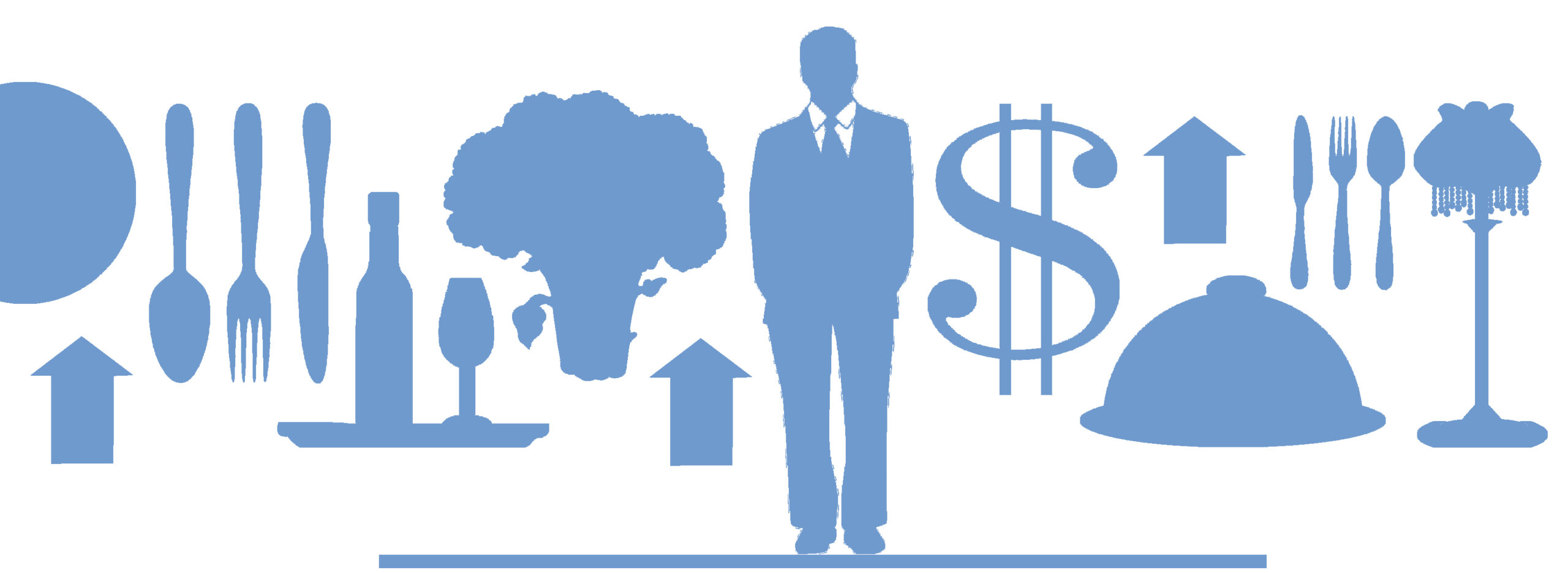The jury is still out as to what we’ve collectively learned from both the pandemic and the urban disruption as a response to George Floyd’s death while in police custody, but there are some things we can deduce from a financial standpoint. The restaurant industry is resilient even when it’s given the kind of issues as closures, property damage and customer and employee fear. To survive, there has been an adaptability of things like a creative use of patios, new concepts, different pricing models, labor efficiencies, and just in general, a very strong ability to adapt. Here’s some of the takeaways so far:
1. Revenue and concept – While restaurants are adaptable, they need to be looking at their existing concept first and foremost. The concept needs to fit the new kind of environment we’re faced with. For instance, should a fine-dining concept move toward a more fast-casual model? Do you need different or fewer hours, different kinds of food offerings, a different staffing model? All those things need to be looked at. The next important item is the revenue sources. Attracting customers back for normal table turns so we make the same money pre-COVID is not going to work. Each restaurant needs to be looked at as a concept venue where there is takeout, delivery, grab-n-go, possibly meal boxes and licensing other retail-type products. In general, you have to look at unique revenue-generating concepts. Same old, same old is not going to work.
2. Discussion with creditors and landlords – I have never seen such open discussions with creditors as I’ve seen during this period of closures and uncertainty. It hasn’t always been a meeting of the minds with creditors, but certainly as it relates to suppliers, suppliers have been very good at being flexible and providing opportunities. Landlords have been a mixed bag. Some have recognized the issues; some have their own pressures and they’ve exerted those pressures, sometimes in an unrealistic manner where they believe that somehow restaurants, because they receive PPP money, can continue to afford the previous rent structure. While landlords were helpful in the beginning, there seems to be a turn and they are looking now that they have given short-term relief, at what’s going to happen long term. Many want to get back to what their rent structure was previously. Resist the idea of going back to the old structure. We just don’t know what revenue is going to be in the future, so we have to adjust the rent accordingly to go to percentage rent or some kind of flexible rent that recognizes the recovery period and possibly what the new normal revenue will be for that facility. Also ensure the landlord is not necessarily getting their percentage rent on offsite sales that really don’t have anything to do with the leased premises. Further, in a recent bankruptcy case, it was clear that the force majeure aspect of all of the pandemic and the disturbances has provided defense to the tenant to not have to pay back rent. This is something that should be looked at and recognized by the landlords.
3. Lenders – Lenders have been probably some of the best groups to work with during all this chaos. They have recognized the need to go to lower payments. We have yet to see a total restructuring and adjustment of covenants and long-term solutions, but we have seen that lenders and borrowers can effectively work together and can come up with solutions. That hasn’t always been the case, particularly with specialty lenders, such as mezzanine or subordinate debt, some of whom have exerted pressure, particularly with the PPP money coming in. They are in a precarious situation, probably been squeezed, particularly in larger transactions, where they play a bigger role. The equity investors have also been pretty cooperative. I haven’t seen many heavy handed investor groups, whether they be private equity or individuals. I think everyone is being patient, just waiting to see what will happen.
In addition to the PPP loans, banks are finally starting to fall in line with the Main Street lending program. This has three different components and one may be right for the restaurant owner and should be looked at. They are long-term solutions where the PPP is very much a short-term solution.
4. Employees – Employees have been a very mixed bag. The restaurant owners who have treated their employees well—kept them fully informed and tried to bring them back as soon as possible, while recognizing their need to not lose unemployment—have been the most successful. This may be the time to look at new and creative ways to compensate employees coming back by going to some type of service charge where staff is treated a little more equitably. Getting employee buy-in has been a big part of the process, especially if you are considering going to a no-tipping model. This can be implemented through higher menu prices or to a service charge which by and large is a percentage of sales used to create a more equitable pay structure. There obviously has been pushback from servers because they will have some reduction in their overall pay, but the back-of-the-house people certainly have benefited to some degree from the service charge approach. The key is that the pay needs to be equitable and that there are also opportunities for people to work better hours, such as a lunch shift, rather than always having to work in the evenings and weekends and still make the same amount. The new rate is based on hours vs. tips, the downside of which is that servers will have to work more hours to make the same pay in most instances. But the upside is the restaurant is now able to provide other kinds of benefits, such as medical and contributions to 401(k) plans.
5. Customers – We have seen from just patios opening and also from restaurant traffic in Wisconsin, that customers seem to be more than willing to come back. Their fears are not as great as we thought they might be. The book is still open in the midterm and certainly the long-term. We have not seen the very profitable group dining parties as of yet. Smaller menus with better quality and higher prices is the trend.
It is yet to be seen how the broader-based restaurant industry is going to fare and who are going to be survivors. We do know that the restaurants that were marginal or had problems before the pandemic are probably not reopening, which is another point that’s important to understand. Restaurants are a lot of work and worry in the best of times: And these are certainly not optimal times, but people who love restaurants will do what it takes to survive.
From the August 2020 issue of Foodservice News
Author
-

Co-founder and chairman of Monroe Moxness Berg PA, Dennis is a pioneer in corporate financing with a broad network of finance contacts and clients. He assists businesses, from emerging companies to multinational firms, by providing creative ideas, identifying unique financing sources, and developing the financial tools necessary for their growth and development.
